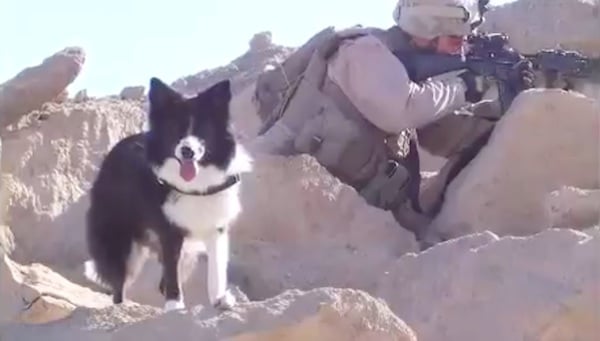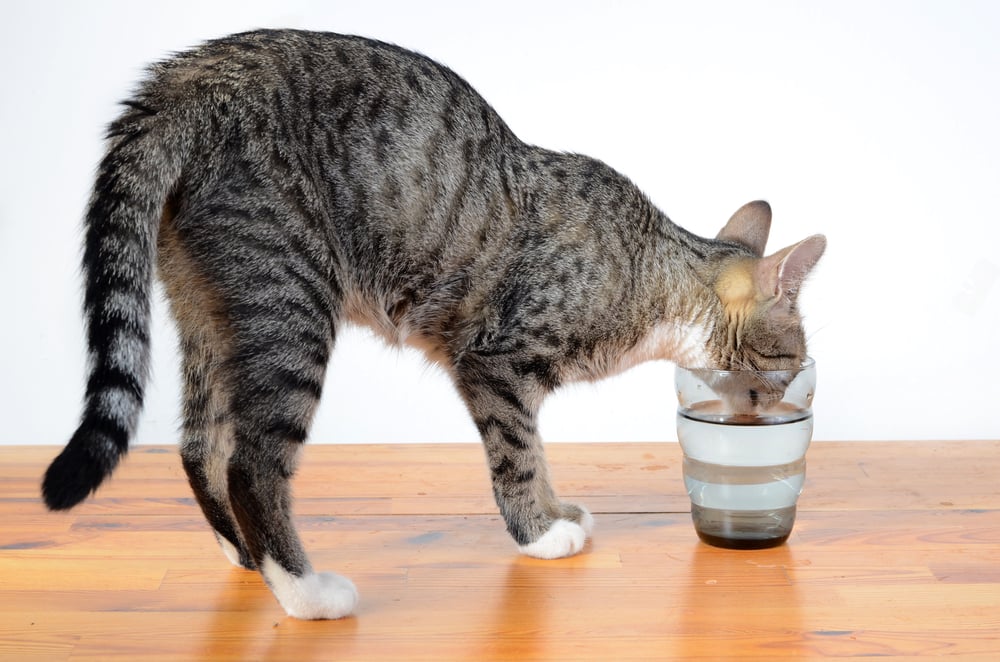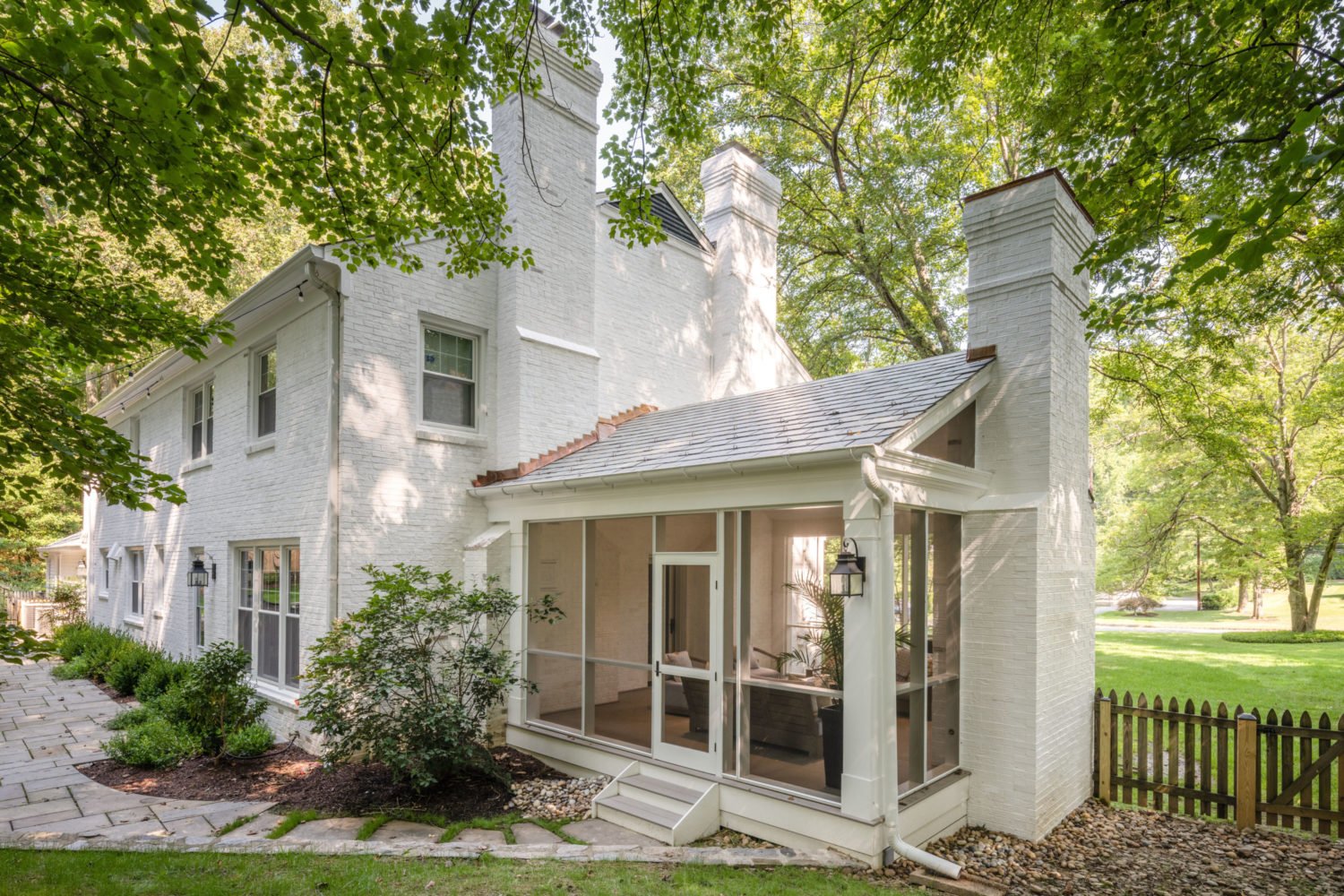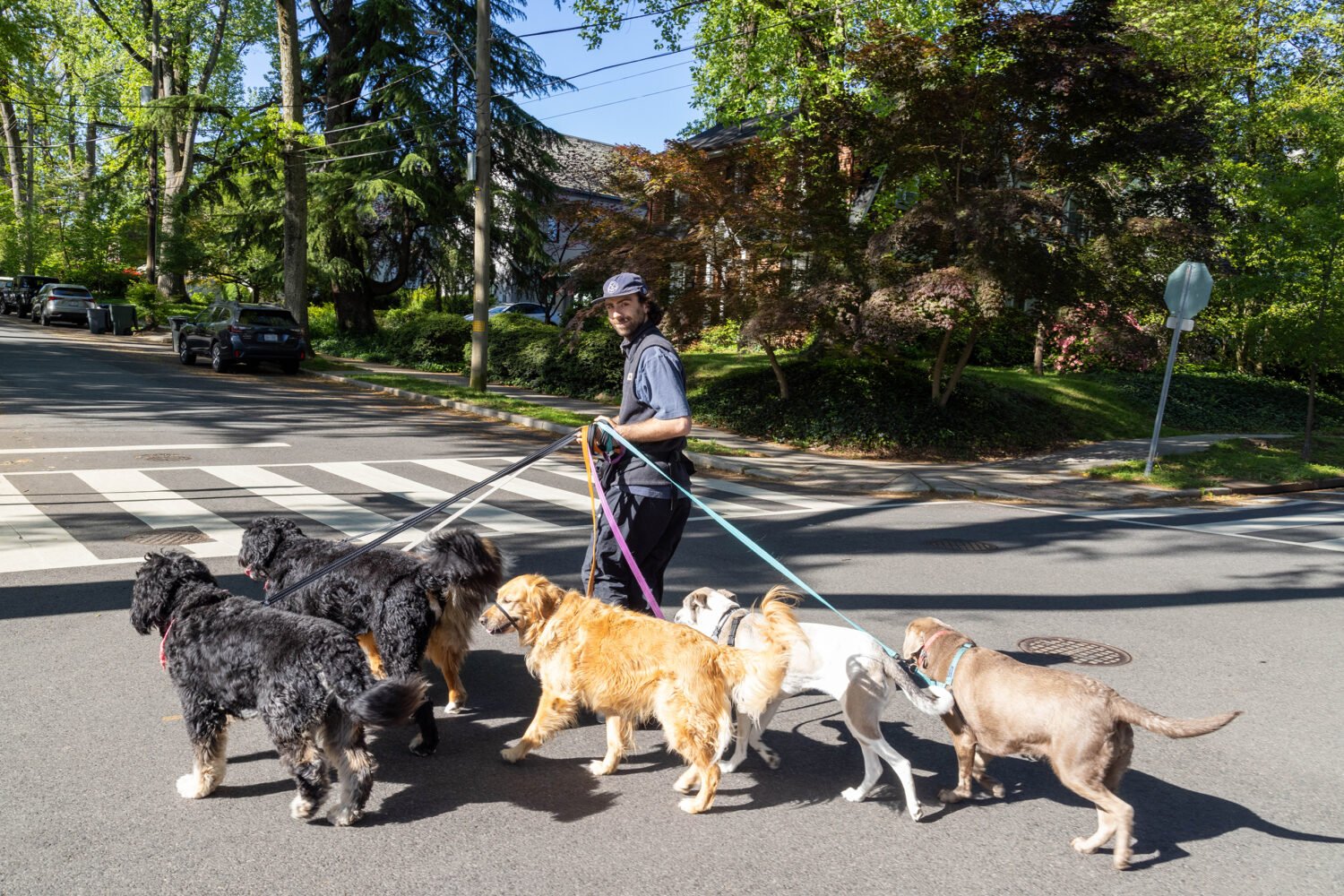
Lacey entered our family’s life as Dog #204 at the Montgomery County Humane Society in Rockville. Estimated age: one to two. Breed: miniature poodle. Weight: a skinny 17 pounds. She had been dropped off there with a broken leg and no identification, but she left this life wrapped in love and an Egyptian-cotton towel.
For 16 years, my husband, Chuck, and I coddled her to a pleasingly plump 30 pounds. She waited by her bowl for extras dropped from above: cheese, peas, chicken.
Lacey didn’t mind expending some effort in pursuit of food, foraging in every corner of the house. She scored cookies, fried chicken, and once tipped over a tray of Valentine’s candy, leaving behind a pile of pleated paper cups. She had other clever moves: When my father-in-law commented on her good behavior, she walked across the room and sat at his feet.
Our commitment to her was total. Back then, a question on the county application for a pet license asked what dollar amount we’d authorize for her medical care in our absence. We agreed there was only one box to check: unlimited.
It wasn’t a shock to realize the end was approaching when Lacey had a seizure at age 18. Both the emergency clinic and her regular vet, Dr. Alice Sartain, diagnosed a brain tumor. We learned Lacey could have one more severe and final seizure or—with or without medicine—a series of them until her quality of life diminished beyond repair.
Life with Lacey continued, with extra tenderness. Once banned from sleeping in our bed, she was back, stretched out between Chuck and me. The freezer was stocked with Frosty Paws ice-cream cups.
See Also:
I rushed to find her each time I came home. My worst fear was that she’d die alone. My second-worst fear was that I’d be alone with her when the time came.
On a night when she’d had a burst of energy, running laps around the sofa, Chuck said, “This dog doesn’t have a tumor—it’s a ploy for attention.” An hour later, when he called out, “Lacey is having a seizure!” I thought he was kidding.
The staff at DC’s Friendship Hospital for Animals gave us privacy, the time we needed, and scissors to cut locks of Lacey’s white curls. We stroked her head, saying “We love you” and “Thank you for giving us so much joy.” She whimpered, and it was time.
When the vet asked what we wanted to do with Lacey’s remains, our instincts were in sync: We wanted something to hold onto.
The next morning, a representative from Heavenly Days Animal Crematory in Urbana asked if we’d like to come see Lacey one last time “before.” I was tempted because I regretted not having held her longer on that final night. I procrastinated until Friendship called to say I could come for her ashes.
I remembered that I’d held her for many years, in many ways. There could be no satisfying death, but we had a wonderful life together. Flowers, her stuffed rabbit, and a photo album surround her ashes, which came in a wooden box painted as blue as our mood, carved with stars dashing for the heavens.
Photo-illustration by Sean McCabe.
This article first appeared in the April 2011 issue of The Washingtonian.
Subscribe to Washingtonian
Follow Washingtonian on Twitter
More>> Open House Blog | Homes | Real Estate

















